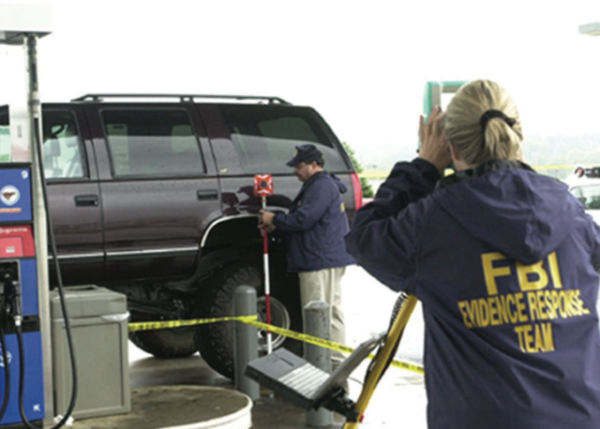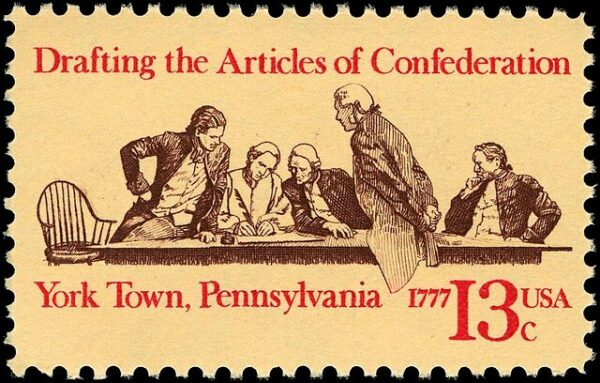The Beltway sniper attacks, a terrifying and highly publicized crime spree, began on October 2, 2002, in the Washington, D.C., metropolitan area. Over the course of three weeks, the sniper duo of John Allen Muhammad and his teenage accomplice, Lee Boyd Malvo, conducted a series of random shootings that left ten people dead and three critically injured. These attacks gripped the nation, causing widespread fear and leading to one of the largest manhunts in U.S. history.
The spree started with a shot fired through a window at a Michael’s craft store in Aspen Hill, Maryland. Fortunately, no one was injured. However, the following day, the true nature of the attacks would become horrifyingly clear. Five people were shot and killed on October 3, each seemingly chosen at random. The shootings occurred in Montgomery County, Maryland, as well as the Washington, D.C., area. Victims included people simply going about their daily routines—pumping gas, walking through parking lots, or mowing lawns. The randomness of the killings meant no one felt safe, and the sheer unpredictability heightened the terror.
Local and federal law enforcement agencies, including the FBI and the Bureau of Alcohol, Tobacco, Firearms and Explosives (ATF), quickly mobilized, working around the clock to track down the snipers. A task force was assembled to find the perpetrators, but the investigation was fraught with challenges. The attackers left little evidence at the scenes, and the motive behind the shootings was unclear. In addition, early leads proved to be false or misleading, with initial reports of a white van being involved in several shootings sending investigators in the wrong direction.
The media played a significant role in the unfolding drama, broadcasting live updates as details of the shootings emerged. Many people in the Washington area were paralyzed with fear, avoiding public places like gas stations, shopping centers, and schools. Schools went on lockdown, and parents were afraid to send their children to classes. The entire region was on edge, with residents constantly on the lookout for suspicious activity.
As the attacks continued, law enforcement began to piece together the puzzle. Ballistics evidence linked the shootings, confirming that the same weapon—a Bushmaster XM-15 semi-automatic rifle—was being used. Malvo and Muhammad moved across multiple states during the spree, making it difficult for authorities to predict where they would strike next. The attackers claimed victims in Washington, D.C., Maryland, and Virginia, further complicating the investigation.
A significant breakthrough came when Malvo left a note at one of the crime scenes, demanding $10 million and threatening more violence. The note provided crucial insight into the snipers’ intentions. Investigators also found a phone number in the letter that led them to a previous crime in Montgomery, Alabama, where Malvo’s fingerprint was discovered at the scene of a robbery. This discovery provided authorities with a lead, and they were able to link the fingerprint to Lee Boyd Malvo.
On October 24, 2002, law enforcement finally captured Muhammad and Malvo while they slept in a blue 1990 Chevrolet Caprice at a rest stop in Maryland. The car had been modified to allow the snipers to shoot from the trunk, making it easier for them to remain undetected during the attacks.
Muhammad and Malvo were arrested without incident, bringing an end to the terrifying ordeal. In the aftermath, the extent of the damage they caused became fully apparent. The pair were linked to additional shootings beyond the Washington area, and their motives were revealed to be complex, involving a combination of personal grievances, psychological manipulation, and an attempt to extort money from the government.
John Allen Muhammad was sentenced to death in 2004 and was executed by lethal injection in 2009. Lee Boyd Malvo, who was only 17 at the time of the attacks, received multiple life sentences without the possibility of parole. The Beltway sniper attacks remain one of the most chilling episodes in modern American criminal history, leaving a lasting impact on the Washington, D.C., area and beyond.






